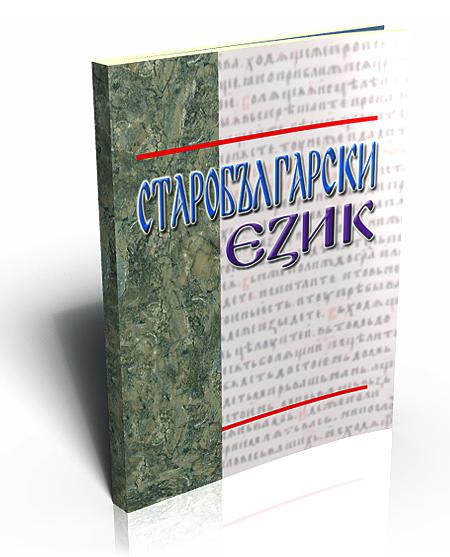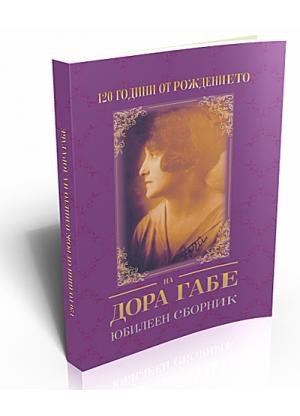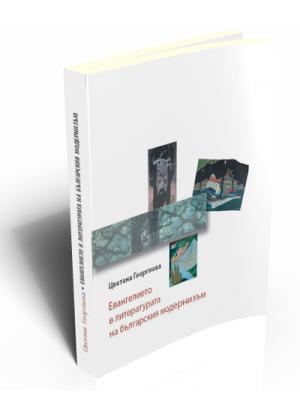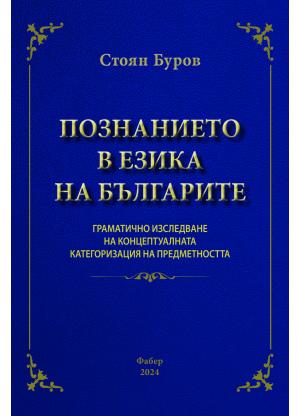
Old Bulgarian (Old Church Slavonic) was the first Slavic literary language and was written in two alphabets known as Glagolitic and Cyrillic (the invention of Glagolitic has been traditionally ascribed to St. Cyril). Old Church Slavonic was readily adopted in other Slavic regions, where, with local modifications, it remained the religious and literary language of Orthodox Slavs throughout the European Middle Ages.
The language as it appeared after the 12th century in its various local forms is known as Church Slavonic; this language has continued as a liturgical language into modern times. It continued to be written by the Serbs and Bulgarians until the 19th century and had significant influence on the modern Slavic languages, especially on the Russian literary language that grew out of a compromise style incorporating many Church Slavonic elements into the native Russian vernacular.
The present book is a concise grammatical survey of the classic Old Bulgarian from IX till XI c., based on historic evidences and documents. The phonetic, morphological and syntactic features of the language are described in detail by the patriarch of the Bulgarian linguistics - the late academic Kiril Mirchev.
The book is indispensable for linguists, specialists and researchers in Slavic languages and literature, students, scholars etc.
| Genre | Theory of literature / Linguistics |
| Size | 14,5 х 20 cm |
| Pages | 144 pages |
| Cover | paperback |
| Language |

 Request for offer
Request for offer 












